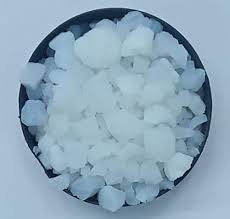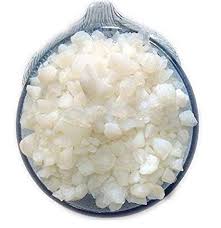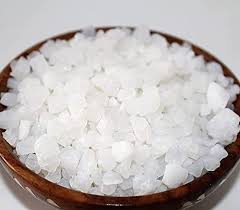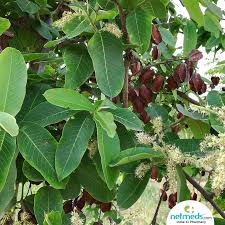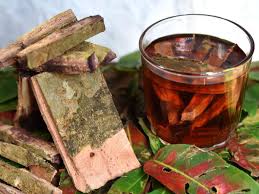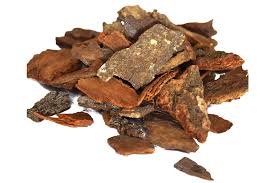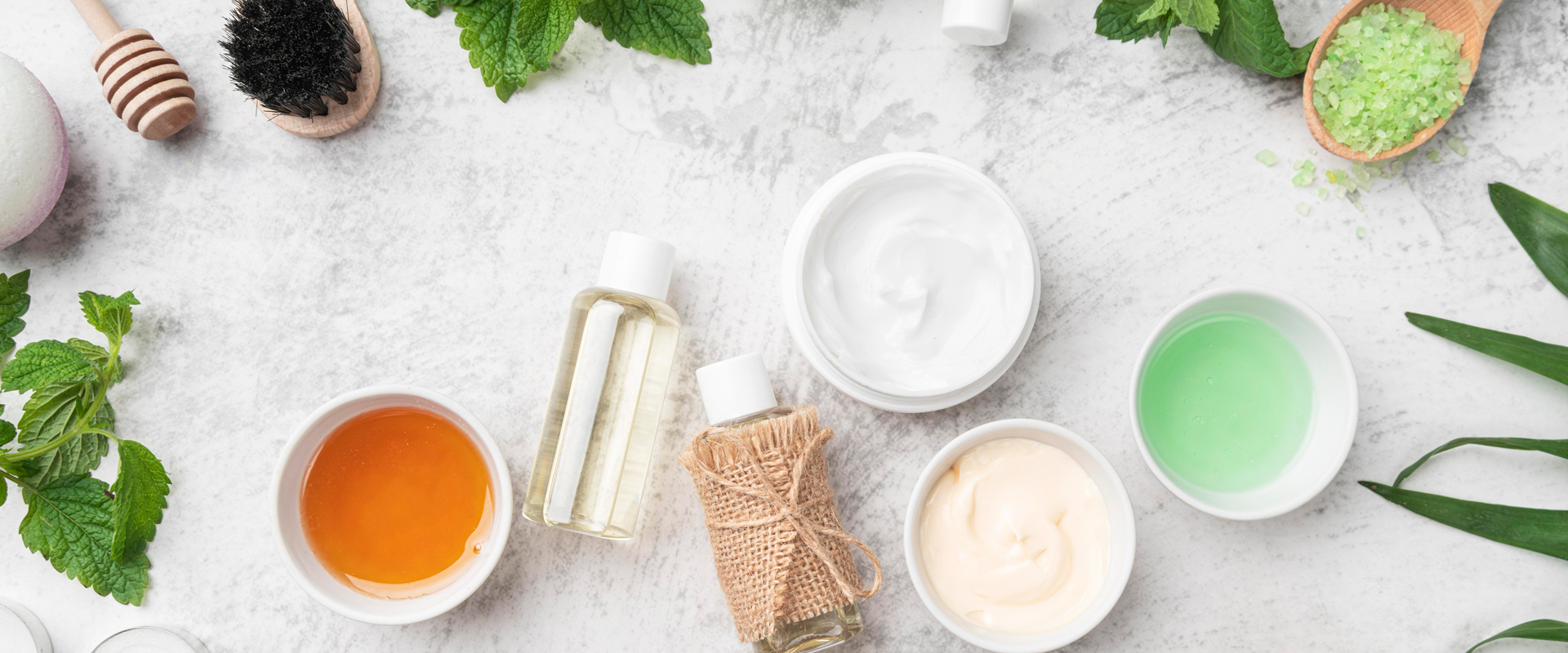
Organic vs. Non-Organic Paneer Phool – What’s Better?
Paneer Phool, also known as Paneer Dodi or Withania coagulans, is an age-old Ayurvedic remedy praised for its healing properties, especially in managing diabetes, liver health, and immunity. As more people turn to natural remedies, a new debate has emerged—should you choose organic or non-organic Paneer Phool?
The answer is not as simple as it seems. With rising awareness about food quality and chemical-free farming, consumers are keen to understand whether organic Paneer Phool is truly better, or if non-organic options can still deliver health benefits.
In this detailed blog from Dirghaanshi, we will explore the differences between organic and non-organic Paneer Phool, compare their benefits and drawbacks, and help you make an informed decision based on your health goals and budget.
✅ What is Organic Paneer Phool?
Organic Paneer Phool refers to the herb grown and harvested without the use of:
Synthetic pesticides
Chemical fertilizers
GMOs (genetically modified organisms)
Artificial growth hormones
Organic herbs are cultivated using natural compost, crop rotation, biological pest control, and sustainable farming practices. The goal is to grow the herb in the most natural, chemical-free way possible.
🚫 What is Non-Organic Paneer Phool?
Non-organic Paneer Dodi is produced through conventional agricultural methods that may include:
Use of chemical fertilizers or pesticides
Faster growth techniques for higher yield
Mass production without strict quality control
While this makes non-organic Paneer Phool cheaper and more widely available, it may compromise purity, taste, aroma, and medicinal potency.
🔍 Key Differences Between Organic and Non-Organic Paneer Phool
Feature Organic Paneer Phool Non-Organic Paneer Phool
Purity Free from chemicals and pesticides May contain pesticide residues
Nutrient Content Higher medicinal potency due to natural growth Lower due to forced/rapid farming
Safety Safe for long-term use Possible long-term side effects due to chemicals
Taste & Aroma Strong, authentic bitterness and herbal fragrance Mild or altered flavor and smell
Environmental Impact Eco-friendly farming methods Can harm soil and biodiversity
Price Slightly expensive due to sustainable farming More affordable but may compromise quality
Shelf Life Less processed, may have shorter shelf life Sometimes chemically preserved for longevity
🌿 Why Organic Paneer Phool is Better for Your Health
Free from Harmful Residues
Organic herbs are grown without synthetic chemicals, reducing your toxic load and risk of side effects.
Higher Therapeutic Value
Organically grown Paneer Phool retains more active compounds like withanolides, making it more effective in blood sugar regulation, liver protection, and immunity boosting.
Ideal for Long-Term Use
Since Ayurvedic treatments often run for weeks or months, the purity of the herb becomes crucial to avoid cumulative side effects.
Eco-Conscious Choice
Organic farming supports soil health, wildlife protection, and sustainability—a win for both you and the environment.
💬 What Experts Say
Modern herbalists and Ayurvedic practitioners recommend organic herbs for therapeutic use, especially when consumed regularly. Research indicates that organically grown medicinal plants have richer phytochemical content and are more bioavailable, meaning your body can absorb and use them more efficiently.
💡 When Non-Organic Paneer Phool Might Still Be Okay
If you’re using it for short-term or external use (e.g., in hair masks or face packs).
When budget constraints are a concern but you still want to benefit from its basic properties.
If the non-organic source guarantees pesticide control and minimal chemical exposure (though rare).
Pro Tip: Always ask for lab reports or certifications if you’re unsure about the origin of your non-organic herbs.
🧪 How to Identify Organic vs. Non-Organic Paneer Phool
Indicator Organic Paneer Phool Non-Organic Paneer Phool
Color Slightly uneven, natural brown tone Bright, sometimes over-processed look
Smell Strong, earthy, bitter aroma Faint or chemical-like smell
Texture Lightweight, crisp but not brittle Sometimes sticky or overly dry
Price Typically 15-30% higher Relatively cheap
Packaging Often labeled “Certified Organic” No organic labeling or certification
📌 Things to Look for When Buying Organic Paneer Phool
Certified Organic Logo (India Organic, USDA Organic, etc.)
Reputable Sellers with reviews or transparent sourcing info
Non-Plastic Airtight Packaging
Harvest Date and Expiry Date
No Artificial Color, Preservatives, or Flavors
Check stores that specialize in Ayurvedic herbs or Jadi Buti, or visit trusted wellness marketplaces online.
🛒 Where to Buy Organic Paneer Phool Online in India
For high-quality organic Paneer Dodi, you can explore:
Amazon India (Check for verified sellers)
1mg / Tata Health
Dirghaanshi-approved sources
Ayurvedic apothecaries or Panchkarma centers
Always read reviews, confirm certifications, and store it properly once you receive it.
🧘♀️ Final Verdict: Which is Better?
If your goal is maximum health benefit, minimal side effects, and long-term wellness, organic Paneer Phool is the superior choice.
Non-organic options may be more budget-friendly, but they are better suited for short-term, casual, or non-medicinal use.
At Dirghaanshi, we recommend choosing organic whenever possible—because your health is an investment, not an expense.


